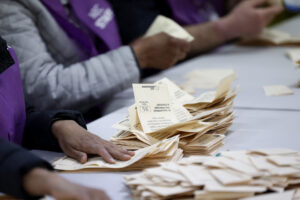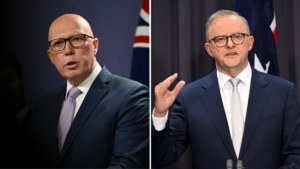There is no such thing as a safe seat | Fact sheet
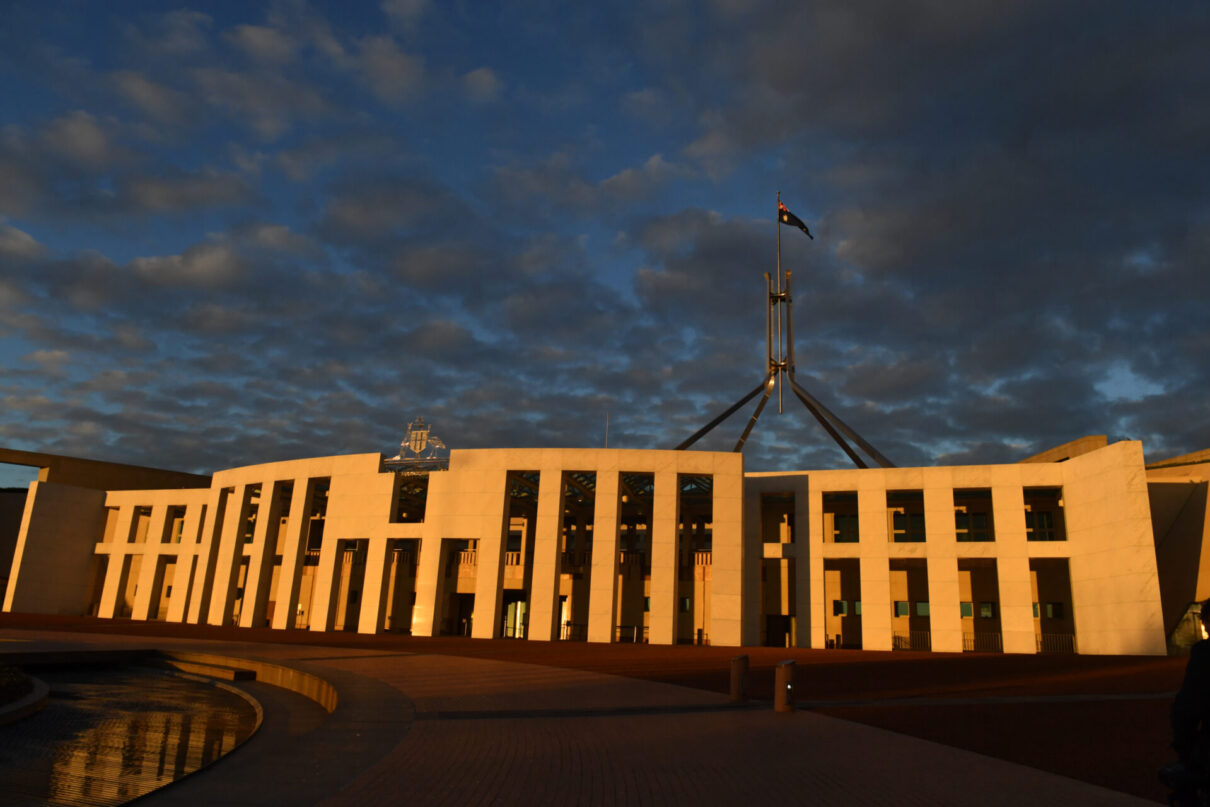
A notable trend in Australian politics has been the decline of the share of the vote won by both major parties at federal elections. One effect of this is that there are no longer any safe seats in Australian politics: minor parties and independents win more “safe” seats than they do “marginal” ones.
The declining major party vote
Fewer Australians give their first preference to a major party. The 2007 federal election is the last at which both Labor and the Liberal-National Coalition won more than 40% of the national vote; the 2022 election was the first time that neither cracked 40%.
The share of Australians voting outside of the major parties has increased from single digits in the 1970s to 31% at the most recent election in 2022, almost as many as the 36% who voted for the Coalition and 33% who voted for Labor. Not since the Great Depression has the combined vote for the two largest parties been so low.
The effect of a lower primary vote for major parties is that minor parties and independents have a better chance of winning seats.
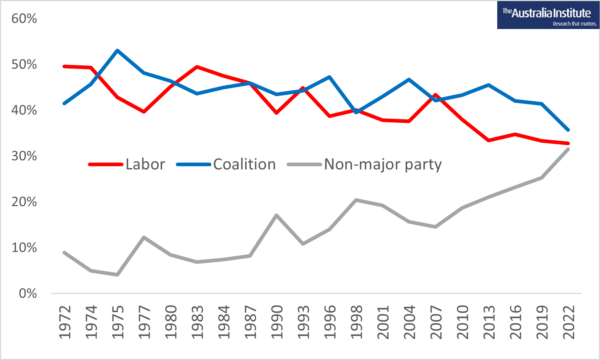
Figure 1: Major party vs non-major party vote. Source: Raue (2022) The declining major party vote, https://www.tallyroom.com.au/47443
Why are safe seats vulnerable?
Politicians and election analysts have categorised parliamentary seats as marginal, fairly safe, or safe. A seat is considered marginal if the winning party receives less than 56% of the vote; fairly safe if they receive between 56% and 60% of the vote; and safe if they receive more than 60% of the vote. The rationale for these categories is that a marginal seat is supposed to be much more vulnerable than a safe one. This remains true as far as seats switching between major parties goes.
However, independent and minor party candidates are not only able to win safe seats from the major parties; they win more safe seats than marginal seats. In elections since 2001, safe seats have been more vulnerable to minor party and independent candidates than marginal seats.
Between 2001 and 2022 only 6% of the seats gained by major parties were defined as safe, whereas 41% of the seats gained by independents and minor parties in the last two decades were considered safe. In the last 20 years, independents have won 12 seats in federal parliament; none were marginal.
Another way of looking at these results is that safe seats held by major parties are only safe against the other major party. They are not safe against a minor party or independent.
Why are independents successful in safe seats?
The major party vote has declined far enough that independent and minor party candidates in some electorates get over a critical threshold. Once there, they often collect preferences from a wide variety of voters who prefer the crossbench candidate over the incumbent major party.
Independent and minor party candidates win seats on much lower primary votes than the average major party candidate.
When independent and minor party candidates can win otherwise safe seats, it limits the usefulness of the two-party preferred national vote share and even the significance of “national swings”.
Political commentators have used the “electoral pendulum” of safe and marginal seats to predict how changes in the national vote will affect seat contests. As of the 2022 election, the pendulum only predicted 22% of the seat changes, down from a high of 52% in 2007.
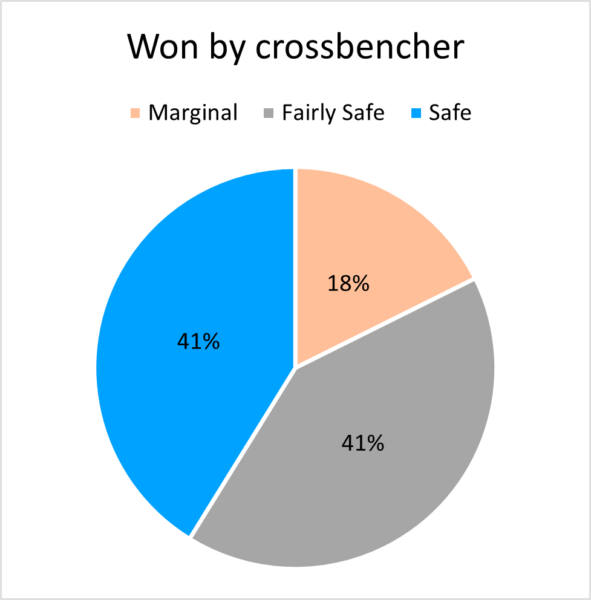

Figure 2: Seats gained by marginality. Source: Browne (2022) Between sense and nonsense, https://australiainstitute.org.au/report/between-sense-and-nonsense/, appendices
Safe seats lost to independents and minor parties in the 2022 federal election
- Mackellar: Won by independent Sophie Scamps, despite the Liberal Party having won with 63% of the two-party preferred vote in 2019, and having won the seat at every election for more than 70 years.
- Fowler: Won by independent Dai Le, despite the Labor Party having won with 64% of the two-party preferred vote in 2019, and having held the seat for four decades.
- Curtin: Won by independent Kate Chaney in 2022, despite the Liberals having won with 64% of the two-party preferred vote in 2019, and having held the seat for all but three years since 1949.
Related documents
Related research
Between the Lines Newsletter
The biggest stories and the best analysis from the team at the Australia Institute, delivered to your inbox every fortnight.
You might also like
There is no such thing as a safe seat
A notable trend in Australian politics has been the decline of the share of the vote won by both major parties at federal elections. There are no longer any safe seats in Australian politics: minor parties and independents win more “safe” seats than they do “marginal” ones.
Now that there are no safe seats – the ‘bellwether seat’ is no more.
Media analysis shows that the decade from 2007 was the bellwether era, but that era has now passed
Eight things you need to know about the Government’s plan to change Australian elections
And eight ideas to improve it

